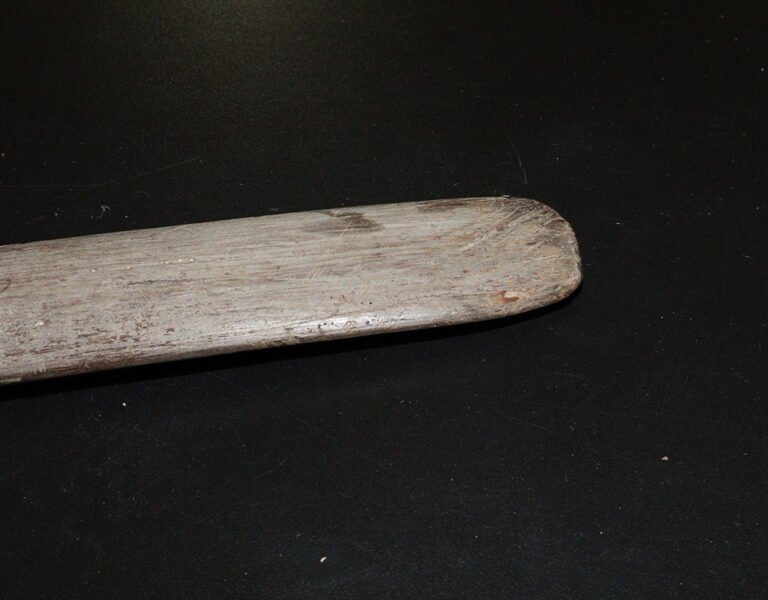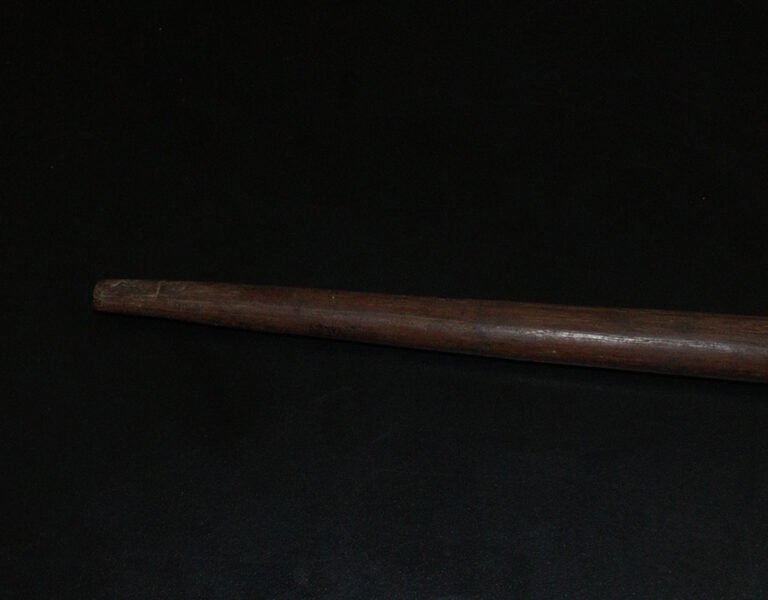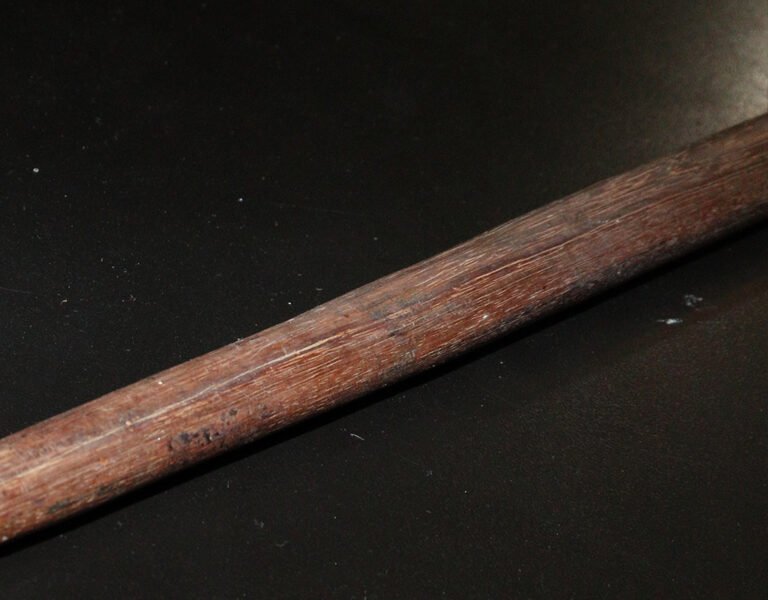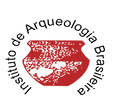Wooden stick
Object description
Archaeological pieces made of wood are rare in the Brazilian Archeology due to the fact that they decompose quickly in a humid and hot environment, such as that predominant on the Southeast coast. Thanks to the microclimate found in the Toca dos Urubus (Vultures Lair), a small granitic cave in the Rio de Janeiro mountain range, weaving pieces such as “slings” and wooden were preserved, as the specimen in focus. All were part of a set of pieces placed as a funerary accompaniment for secondary burials in urns deposited there. It is noteworthy the stick made of hard wood, probably from the heart of coconut or hardwood, well-polished and with slight marks of having, once, an addition of something to adorn, in its wider end, or rhomboid. Bibliography and iconography about the indigenous people of the interior of Rio de Janeiro state record the use of such sticks as a symbol of command.
Cultural affiliation of the object
Prehistoric Period
Una Tradition
Mucuri Phase
Location Santa Maria Madalena, Rio de Janeiro
Toca dos Urubus site, RJ MP 13
Surface Sector
Surface Level
Cultural analysis of the object
Type –Stick (Command symbol)
Material – Wood
Dimension 136 x 4 cm (53,5 x 1,5 inches)
Relative Dating 1000 – 1100 BP
IAB 1971 Collection Source
Catalog 600
¹Na arqueologia a Tradição é o modo como podemos definir um grupo social pela análise e interpretação de traços comuns encontrados em seus artefatos culturais, geração após geração ao longo do tempo (Fases culturais) quando coletados nos sítios arqueológicos. É quando podemos nesses objetos “ler seus pensamentos”, entender sua visão de mundo, vislumbrar o seu modo de vida.







